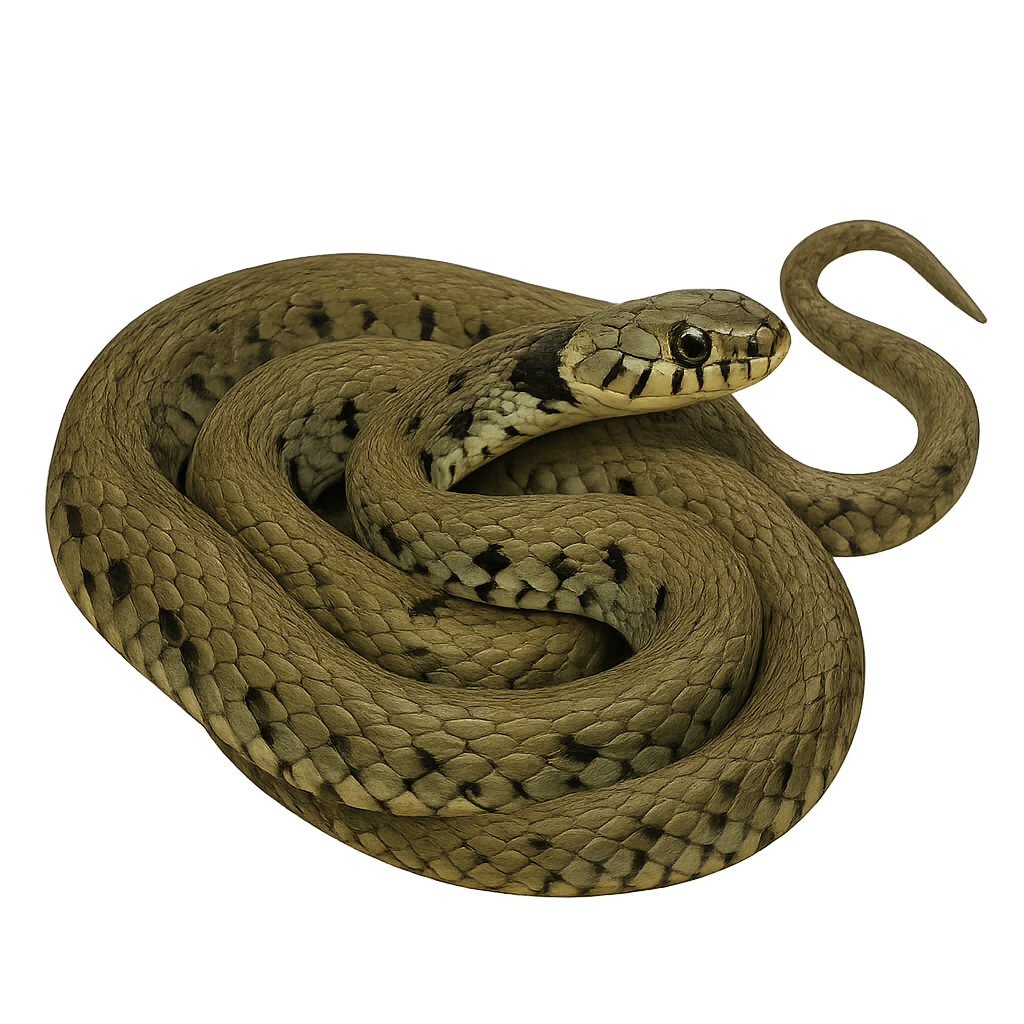Your wildlife photography guide.
Explore the swiss collar snake in detail, study its behavior, prepare your shots.
Where to observe and photograph the swiss collar snake in the wild
Learn where and when to spot the swiss collar snake in the wild, how to identify the species based on distinctive features, and what natural environments it inhabits. The WildlifePhotographer app offers tailored photography tips that reflect the swiss collar snake’s behavior, helping you capture better wildlife images. Explore the full species profile for key information including description, habitat, active periods, and approach techniques.
Swiss collar snake
Scientific name: Natrix helvetica

IUCN Status: Least Concern
Family: COLUBRIDAE
Group: Reptiles
Sensitivity to human approach: Shy
Minimum approach distance: 5 m
Reproduction period: April
Incubation: 60-70 jours
Births: April
Habitat:
Wetlands, riverbanks, lakes, and marshes, mainly in Switzerland and nearby Central European regions. Often found in aquatic habitats and dense vegetation areas
Activity period :
Active during the day when temperatures are favorable, often seen basking in the sun.
Identification and description:
The European Water Snake is a non-venomous species of snake, easily recognized by the distinct black or brown collar-like markings around its neck. Its body is typically olive or brown, with lighter patterns on the back and sides. This snake typically measures between 50 and 100 cm long, although it can sometimes reach up to 1.5 meters in rare cases.
The European Water Snake primarily inhabits wetland areas, such as lake shores, rivers, and marshes. It is highly agile and spends most of its time hunting fish, amphibians, and small reptiles, which it captures by diving or swimming. Though mainly terrestrial, it is also an excellent swimmer. The species is protected in some areas due to habitat loss. The European Water Snake plays an important role in regulating amphibian populations and controlling small aquatic animals.
Recommended lens:
300 mm – adjust based on distance, desired framing (portrait or habitat), and approach conditions.
Photography tips:
Use a telephoto lens to photograph the barred grass snake, especially when it is swimming or resting in tall grass. The soft light of morning or evening is ideal for capturing the details of its distinctive collar and natural behavior. Be discreet and respect its space to avoid disturbing its behavior, particularly during the breeding season.
The WildlifePhotographer App is coming soon!
Be the first to explore the best nature spots, track rutting seasons, log your observations, and observe more wildlife.
Already 1 430 wildlife lovers subscribed worldwide

